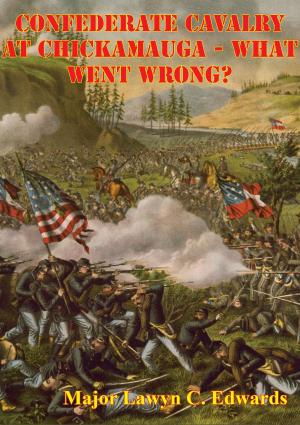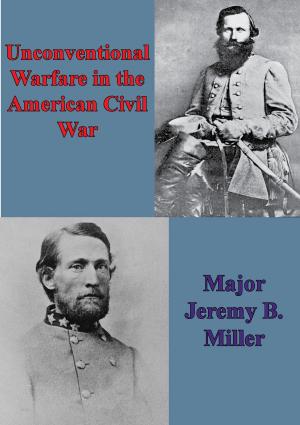A Leadership Analysis: Lieutenant General James Longstreet During The American Civil War
Nonfiction, History, Modern, 19th Century, Americas, United States, Civil War Period (1850-1877), Military| Author: | Major Hampton E. Hite | ISBN: | 9781786252180 |
| Publisher: | Golden Springs Publishing | Publication: | November 6, 2015 |
| Imprint: | Golden Springs Publishing | Language: | English |
| Author: | Major Hampton E. Hite |
| ISBN: | 9781786252180 |
| Publisher: | Golden Springs Publishing |
| Publication: | November 6, 2015 |
| Imprint: | Golden Springs Publishing |
| Language: | English |
This thesis is a chronological analysis of Longstreet during the thirteen major campaigns in which he participated: First Manassas, Williamsburg, Seven Pines, the Seven Days, Second Manassas, Antietam, Fredericksburg, Suffolk, Gettysburg, Chickamauga, Knoxville, the Wilderness, and Petersburg. The primary thesis question is: Was Longstreet’s leadership during the war satisfactory when analyzed in the context of the nine leadership competencies of FM 22-100, Military Leadership?
The nine leadership competencies are the result of a 1976 study group consisting of army leaders ranking from Corporal to General. The nine competencies are: supervision, soldier/team development, technical and tactical proficiency, use of available systems, professional ethics, planning, decision making, teaching and counseling, and communications.
After a discussion of each campaign an analysis of Longstreet’s leadership is conducted using the leadership competencies as analytical criteria. A leadership profile of Longstreet evolves as he gains experience during the war and is assigned to positions of increased responsibility.
The conclusion of this thesis is that Longstreet’s leadership was satisfactory during the war when analyzed in the context of the nine leadership competencies. Over the course of the thirteen campaigns mentioned above, Longstreet’s leadership was satisfactory or better in a clear majority of the nine leadership competencies.
The purpose of this study is to add to the Longstreet debate in a unique way. Longstreet is analyzed using nine doctrinally accepted leadership competencies to provide a constant measurement tool throughout the thesis. This should eliminate some of the emotion from the Longstreet debate.
This thesis is a chronological analysis of Longstreet during the thirteen major campaigns in which he participated: First Manassas, Williamsburg, Seven Pines, the Seven Days, Second Manassas, Antietam, Fredericksburg, Suffolk, Gettysburg, Chickamauga, Knoxville, the Wilderness, and Petersburg. The primary thesis question is: Was Longstreet’s leadership during the war satisfactory when analyzed in the context of the nine leadership competencies of FM 22-100, Military Leadership?
The nine leadership competencies are the result of a 1976 study group consisting of army leaders ranking from Corporal to General. The nine competencies are: supervision, soldier/team development, technical and tactical proficiency, use of available systems, professional ethics, planning, decision making, teaching and counseling, and communications.
After a discussion of each campaign an analysis of Longstreet’s leadership is conducted using the leadership competencies as analytical criteria. A leadership profile of Longstreet evolves as he gains experience during the war and is assigned to positions of increased responsibility.
The conclusion of this thesis is that Longstreet’s leadership was satisfactory during the war when analyzed in the context of the nine leadership competencies. Over the course of the thirteen campaigns mentioned above, Longstreet’s leadership was satisfactory or better in a clear majority of the nine leadership competencies.
The purpose of this study is to add to the Longstreet debate in a unique way. Longstreet is analyzed using nine doctrinally accepted leadership competencies to provide a constant measurement tool throughout the thesis. This should eliminate some of the emotion from the Longstreet debate.
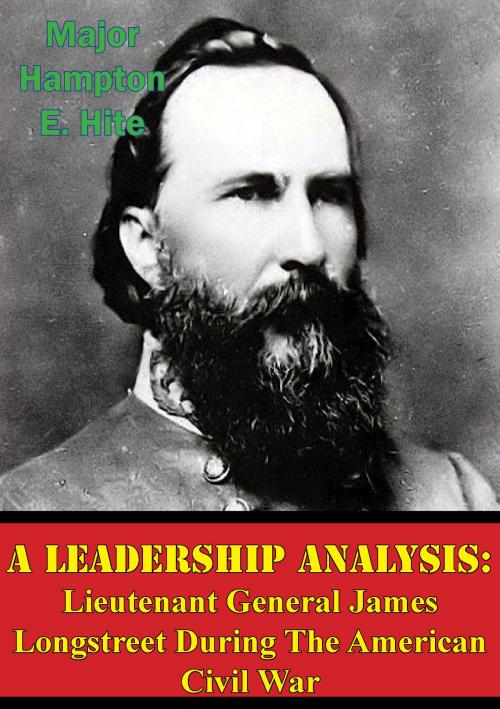
![Cover of the book The American War of Sucession – 1861-1862 {Illustrated Edition] by Major Hampton E. Hite](https://www.kuoky.com/images/2012/may/300x300/9781908902603-fHpC_300x.jpg)

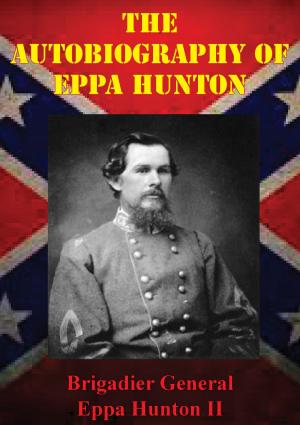
![Cover of the book Campaigning With Grant [Illustrated Edition] by Major Hampton E. Hite](https://www.kuoky.com/images/2015/november/300x300/9781786251343-nHlF_300x.jpg)


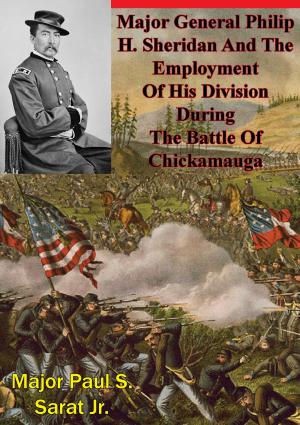

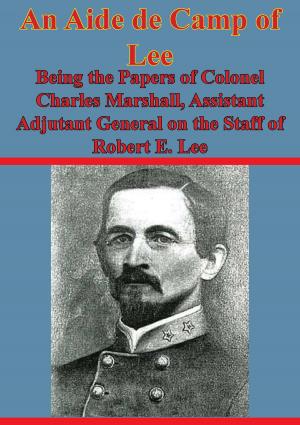
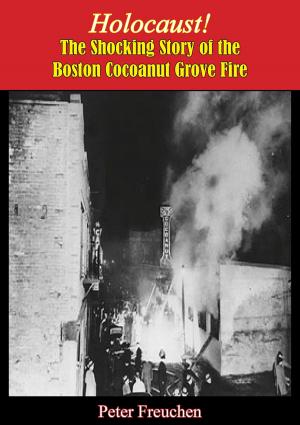
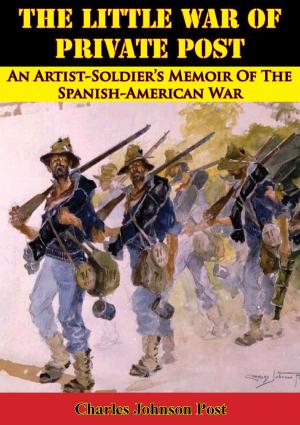

![Cover of the book Battle Of Antietam, Staff Ride Guide [Illustrated Edition] by Major Hampton E. Hite](https://www.kuoky.com/images/2014/august/300x300/9781782898603-afSG_300x.jpg)
